Unless you’ve been living under a rock, you’ll know that non-fungible tokens are one of the most polarizing aspects of blockchain technology. NFTs have exploded in recent years, and as the dust begins to settle, one thing is starting to be clear:
Love them or hate them, NFTs are here to stay. What’s more, they’re evolving.
In the past, NFT collectors could only be found trawling NFT marketplaces like OpenSea for the next Beeple or Bored Ape Yacht Club. It seemed the only use case for the technology was to trade NFTS and flip JPEGs for a profit.
These days, mass adoption is in full swing. Some of the world’s largest companies, like Starbucks and Amazon, are integrating NFTs into their business models. Reddit avatars took the internet by storm, putting NFTs into millions of new users’ wallets for the first time.
Despite the undeniable growth of the NFT ecosystem, some lingering questions remain about these digital assets. In this article, we’ll be diving back into the basics. What are digital collectibles, and how do NFTs work?
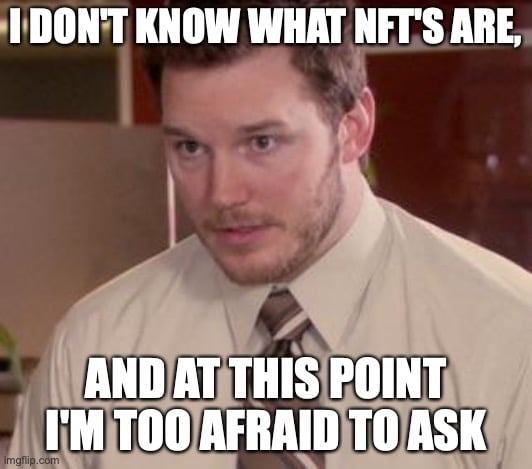
What exactly is an NFT?
NFT stands for non-fungible token. It’s a unique token that lives on a blockchain, like Ethereum (ETH) or Solana (SOL). Every NFT is a unique asset that a digital item can represent. While NFTs are most commonly used to tokenize digital artwork, any kind of digital file can be an NFT.
If you want to ensure your master’s thesis lives forever, minting it as an NFT is the way to go. Instead of gathering dust in a library somewhere, it will be immortalized in a blockchain-based digital wallet.
The key difference between NFTs and normal cryptocurrency tokens, like Bitcoin (BTC), is that they’re non-fungible. But what exactly does this mean?
Fungible Assets
Fungible assets are replaceable and interchangeable with identical items. Imagine a freshly printed, crisp new United States dollar bill. Even if it’s newer, shinier, and more pristine in every way, it still has the same value as the dirty, 20-year-old note that’s fallen behind the sofa.
If I borrow 1kg of sugar from a friend, I don’t need to give him the exact same kilogram back. The loaned sugar is replaceable and interchangeable, so it’s fungible. The same goes for cryptocurrencies. If I borrow 1 ETH in a DeFi app, I can repay that loan with any ETH.
Examples of Fungible Assets:
- Money and Cryptocurrency
- Stocks, Bonds, and Equities
- Oil and precious metals
- Commodities
Non-Fungible Assets
As the name would suggest, non-fungible assets are not replaceable or interchangeable with identical items. The Mona Lisa can’t be replaced or exchanged with any other piece of art. A house and an apartment might be real estate assets, but each has unique properties and identifiers.
With this in mind, individual tokens in an NFT collection cannot simply be replaced with another JPEG from the same collection. An alien cryptopunk cannot be replaced by a floor punk; its unique metadata and properties make it more valuable.
Examples of Non-Fungible Assets:
- Baseball Cards/Trading Cards
- Real Estate
- Fabergé Eggs
- Art
What Makes NFTs Valuable?
Like the world of high fashion and luxury art, value is in the eye of the holder. Van Gogh’s sunflowers are worth millions due to their cultural significance, but someone who isn’t into art might find them worthless.
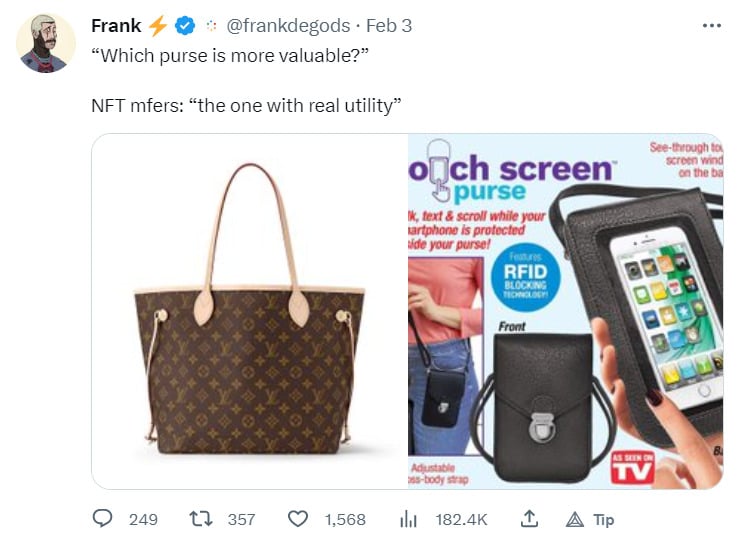

We see this often in the fashion industry as well. In a practical sense, there’s no reason that a Louis-Vuitton handbag should cost 100x more than another similar leather handbag. Yet, people are willing to pay the difference because it’s perceived as valuable.
The NFT market is a mysterious and unpredictable environment. Traders will be inclined to mint NFTs from content creators they don’t even like just to make a quick profit. It’s the perfect example of the Greater Fool Theory in action.
Proof-of-Ownership
NFTs enable collectors to prove that they own a digital item. Anyone can screenshot or ‘right-click save’ digital art, but that doesn’t mean they actually own it. Moreover, the NFT also proves that the digital content is the genuine original, which is important for authenticity in the virtual world.
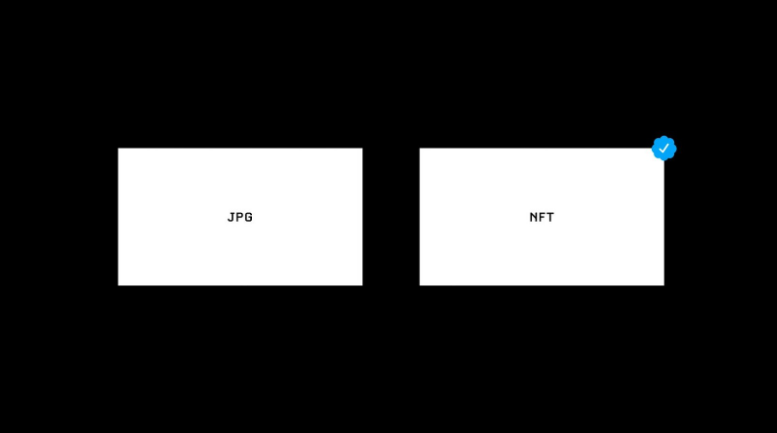

Returning to the timeless art analogy, an NFT is the difference between an original painting and a printed copy.
A (Brief) History of NFTs
The first NFTs were theorized as far back as 2012 when Yoni Assia toyed with the idea of making ‘Coloured Coins,’ which were more scarce than regular bitcoins. While this is similar to the Bitcoin Ordinal protocol that burst onto social media in 2023, Assia’s idea was restricted by the Bitcoin network’s limitations.
2014 – The First NFT
It is widely agreed that digital artist Kevin McCoy’s ‘Quantum’ is the world’s first NFT. Created in 2014, the ‘Quantum’ video clip, in GIF format, made NFT art history and blazed the trail for other digital content creators to explore this exciting new medium. Sotheby’s auction house last sold quantum for over $1.4M.
2017 – Timeless NFT Projects Emerge
Apart from a few niche collections like Counterparty and Rare Pepe Cards, NFT history between 2014-2017 is rather murky. It wasn’t until 2017 and the emergence of iconic NFT collections on the Ethereum blockchain, like Cryptopunks, that NFTs became objects of desire.
NFT projects like Cryptokitties introduced the concept of using NFTs as game items and characters. Today, crypto video games and metaverse projects have become one of the biggest niches in the blockchain industry.
2021 – Full Blown NFT Mania
NFTs go mainstream, and the hype is almost overwhelming. Celebrities and athletes are clamoring to own NFTs. Jack Dorsey’s first-ever tweet becomes a meme and gets minted as an ERC-721 NFT that sells for $2.9M.
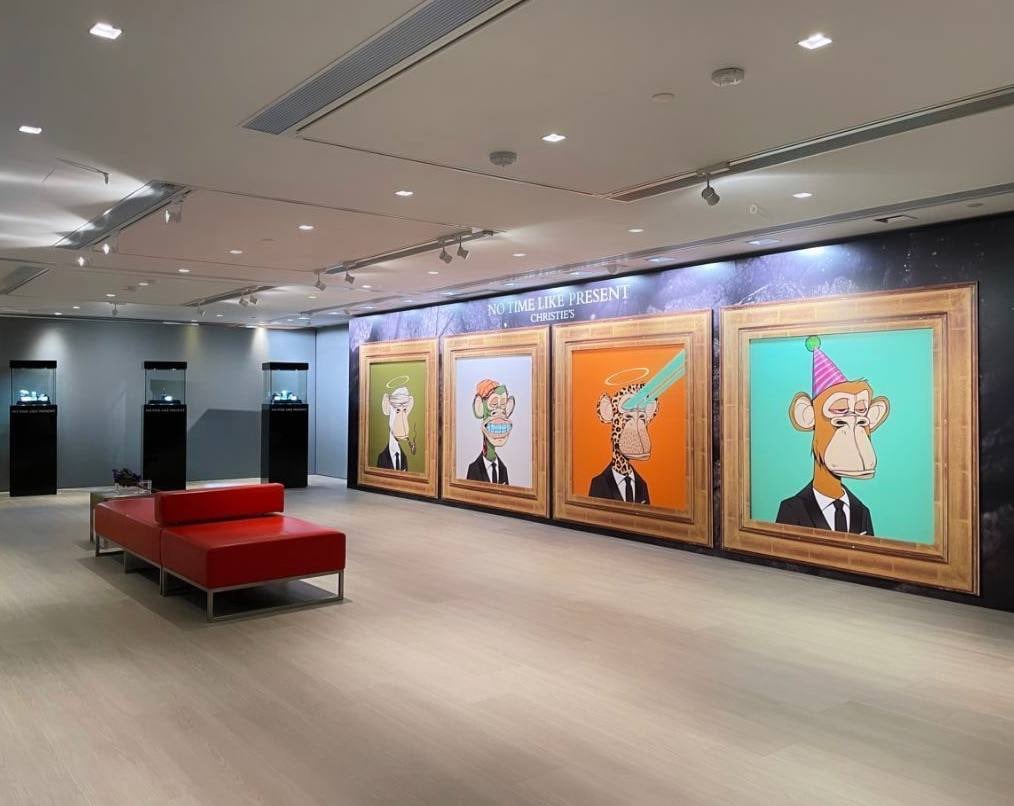

Digital art steps into the ring with traditional art. Bored Ape Yacht Club NFTs and crypto art from top digital artists like Beeple are displayed at Christie’s auction house.
NFT marketplaces like Rarible, SuperRare, and OpenSea handle millions in trade volume, with content creators getting consistent revenue from secondary royalties. NBA Top Shot goes viral, with sports fans collecting their favorite highlights.
2022/2023 – The NFT Space Matures
While the NFT market has tapered off since the frenzy of 2021, thousands of traders and collectors are still flipping JPEGs. Web2 companies and businesses, like Lacoste and Porsche, begin launching their own collections, and Starbucks announces a new loyalty program powered by NFTs.
In one of the most significant moments in NFT history, Reddit introduces Avatars to their social media platform. However, instead of calling them NFTs, Reddit rebranded them as digital collectibles. Accounts can use their collectibles to customize their Avatars and craft their unique digital identity.
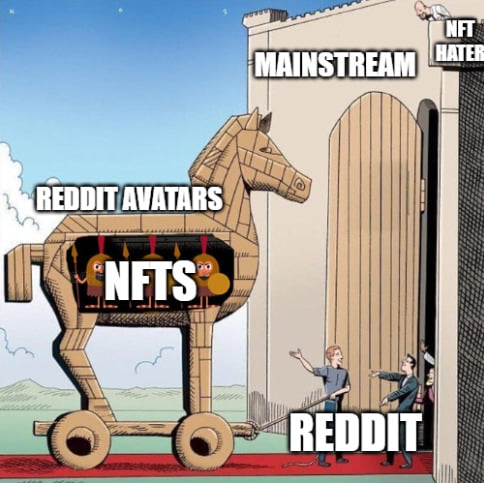

The roll-out of Reddit Avatars is considered a massive stride towards mass adoption amongst NFT enthusiasts. It shifted the perception of NFTs on mainstream social media platforms and put NFTs and crypto wallets into the pockets of over seven million users worldwide.
What can NFTs Be Used for?
When NFTs burst into mainstream media in 2021, they were heavily scrutinized. The general public viewed the NFT market as nothing more than a passing trend, where cash grabs and scams were commonplace.
Fortunately, new NFT use cases are being discovered and tested daily. Beyond the obvious examples, like joining online communities and collecting digital art, here are a few ways that NFTs are being used:
NFTs in Gaming
NFT Gaming is one of the biggest markets in cryptocurrency. The vision of interoperable metaverses is bold and daring but is bound to elevate gaming to new heights.
Imagine a game world like The Oasis in Ready Player One, where everything from your character to your items is tradeable on a secondary market and stored in the safety and security of your crypto wallet.
NFTs as Flight Tickets
People have been buying flight tickets with cryptocurrency for a while now. However, travel companies like TravelX are trialing NFT flight tickets. This way, you can easily buy, sell and trade your flight tickets on a secondary market and save on cancellation and change fees.
NFTs in E-commerce
Online stores often share discount codes with their loyal customers as a reward for purchases. While this is great for shoppers, how can a business guarantee that discount codes aren’t shared en masse?
NFTs and blockchain smart contracts provide a means for store owners to token-gate specific pages and deals for devout supporters. This can be helpful for limited-edition and exclusive items. E-commerce platforms like Shopify have already begun these integrations and partnered with Doodlez, one of the largest NFT collections on the Ethereum blockchain.
NFTs in the Music Industry
Globally recognized artists like Kings of Leon have released records in the form of an NFT. This gives them greater control over how they can earn from the distribution of their music.
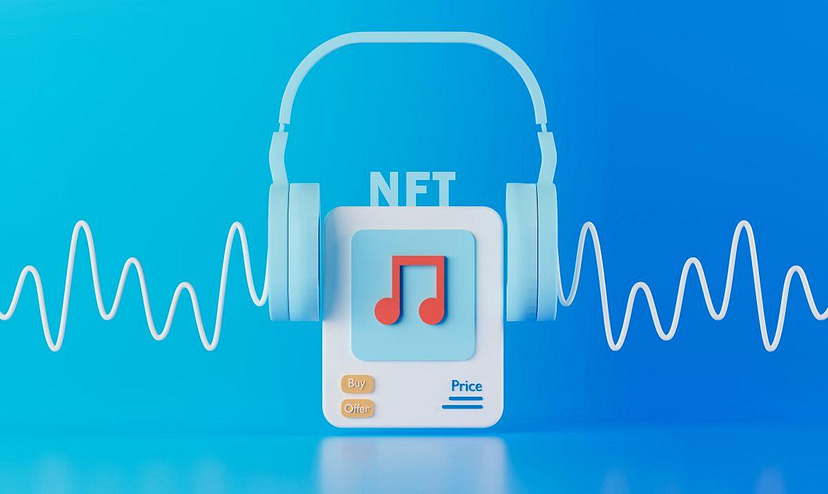

However, this is not the only way NFTs can change the music industry. For example, groups like Sigur Ros have released a free NFT that gives fans exclusive content like presale tickets and signed album copies.
NFTs as Proof-of-Attendance
Yes, I admit it sounds like a lame school incentive. Proof-of-Attendance-Protocol is a creative blockchain tool that gives event attendees an NFT that confirms they were present. It could be used to verify your engagement our attendance at events like concerts, conferences, or even specific universities.
Event hosts and organizers can airdrop future invitations or opportunities to previous guests. What’s more, POAP can bring greater clarity to a candidate’s employment and education history and help employers avoid fraudulent hires.
On the Flipside
- Unfortunately, the NFT space is rife with malicious actors and scammers. NFT projects are frequently abandoned after ‘founders’ collect mint funds, bringing a bad name to the wider industry.
Why You Should Care
As a technology, NFTs offer much more than simple JPEG flipping opportunities. New NFT use cases are emerging daily, with some of the world’s biggest brands and businesses starting to integrate them into their platforms.
Understanding NFTs, how they work, and what they can be used for will help you make informed decisions in cryptocurrency and digital assets.
FAQs
What is the most expensive NFT ever sold?
‘The Merge,’ a digital art piece created by Pak, holds the record for the most expensive NFT ever sold. In December 2021, the piece was sold for a whopping $91.8M on Nifty Gateway.
Do NFTs give real money?
Generally, NFTs are bought and sold using cryptocurrency like ETH. While it’s not ‘real money’ like fiat currency, these cryptocurrencies still hold value and can be traded for your local currency.
Can I take a screenshot of an NFT?
Yes, you can take a screenshot of an NFT. However, that doesn’t mean that you own it. You won’t be able to use a screenshot in any NFT game or access token-gated services, nor will you be able to resell your screenshot on the secondary market. Think of it like art in a museum, you can take a picture of the art, but that doesn’t mean it’s yours.
Can I make an NFT by myself?
Yes, most NFT marketplaces like OpenSea allow you to create your own NFTs using any digital file you possess.
Why is it risky to invest in NFTs?
Like the crypto market, the NFT market is volatile and prone to sudden price swings. Speculating on high-risk assets always comes with risks. For example, the NFT investor who paid 2.9 million for an NFT of Jack Dorsey’s first tweet tried to re-sell it at auction. The top bid was valued at $280.
Related articles
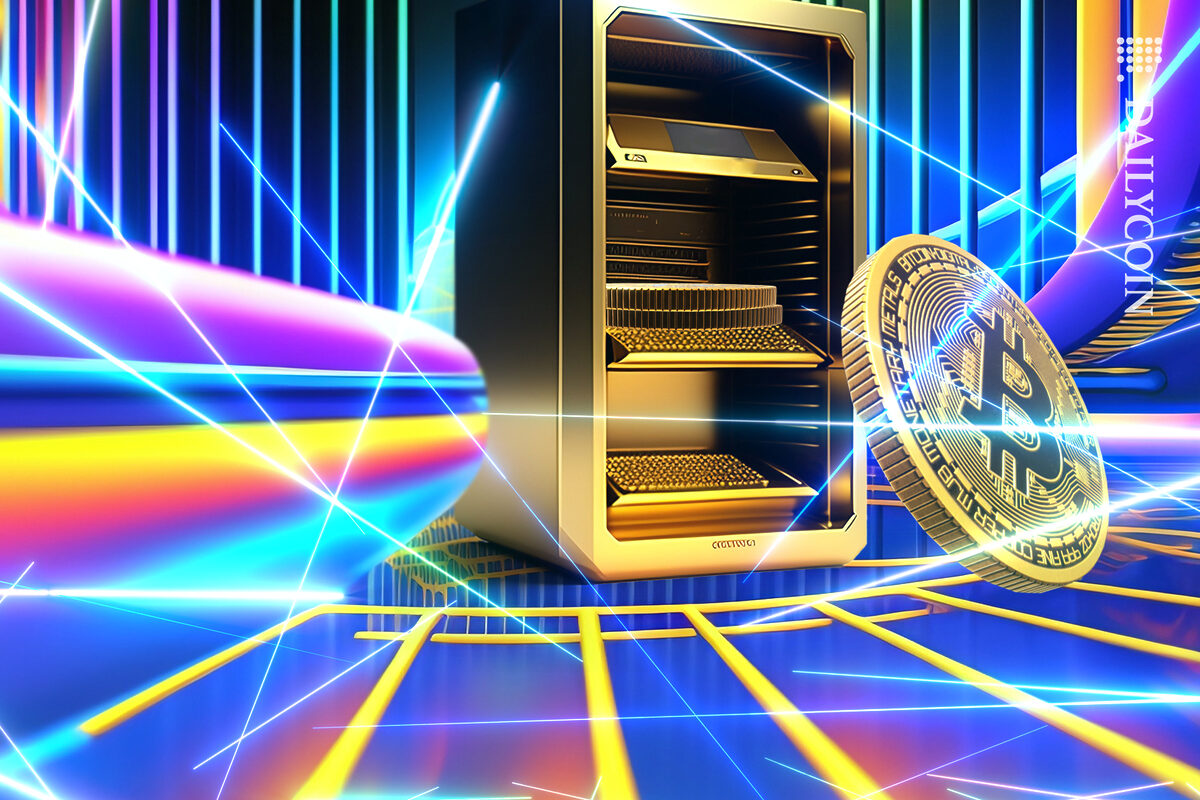

Nomura’s Laser Digital Launches Institutional Bitcoin Fund
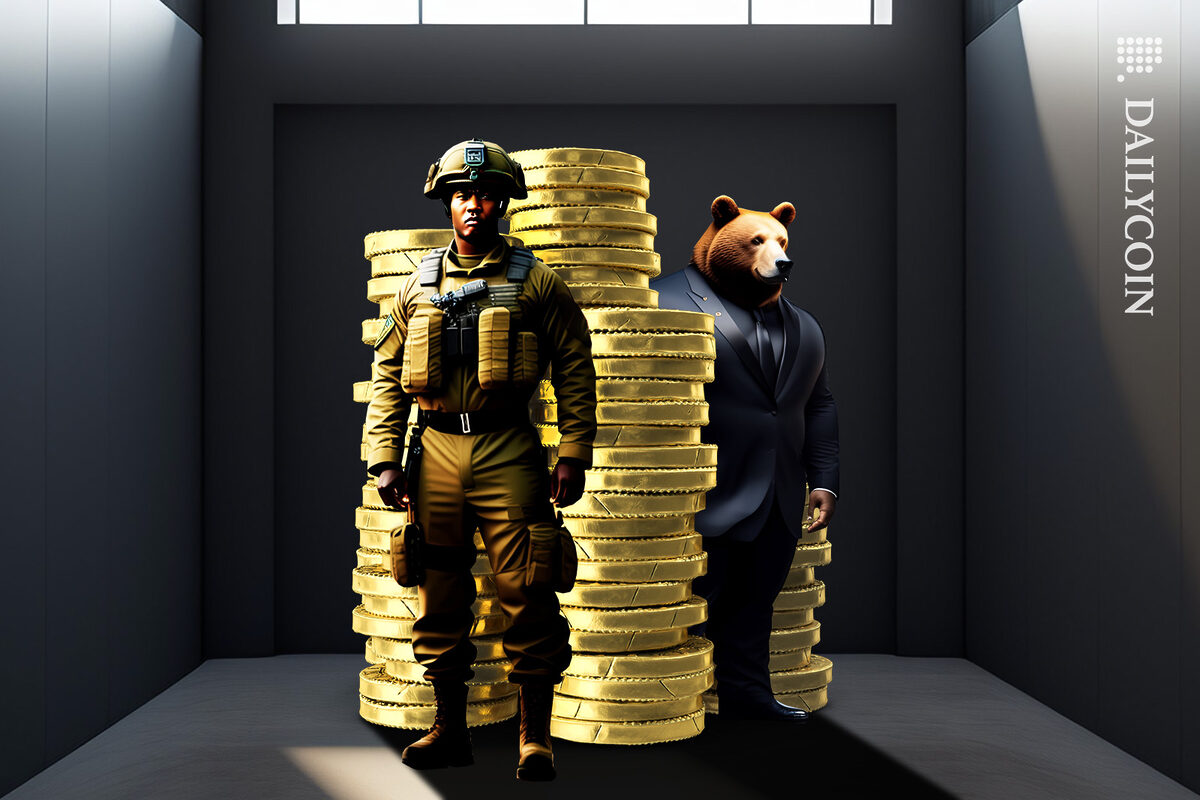

Safeguarding Assets: How to Prevent and Recover Lost Crypto



